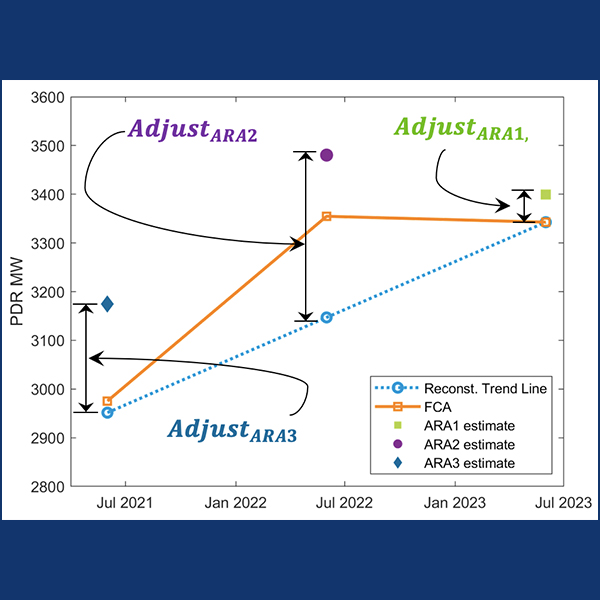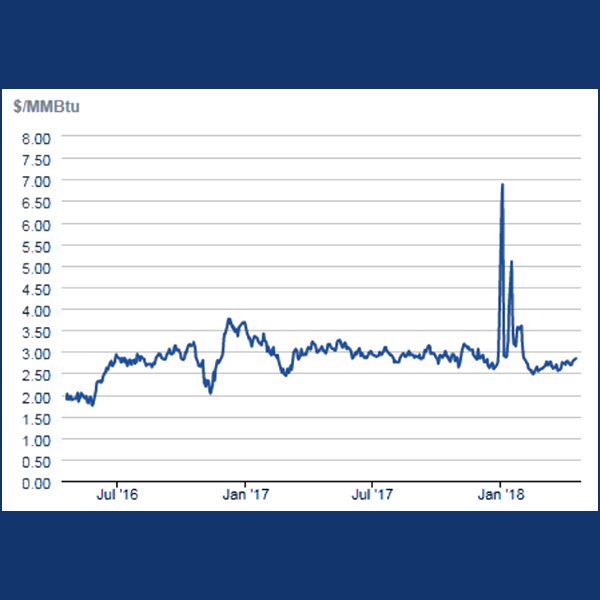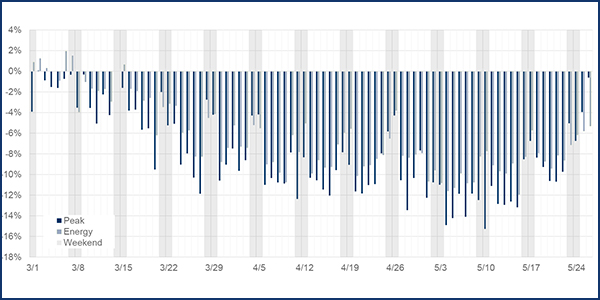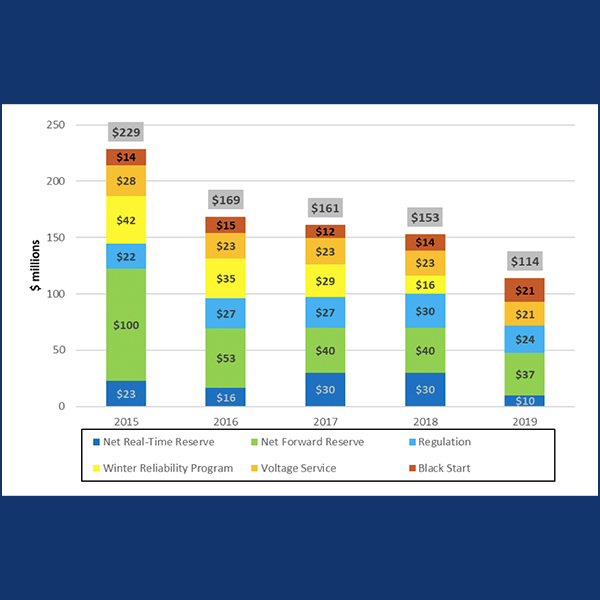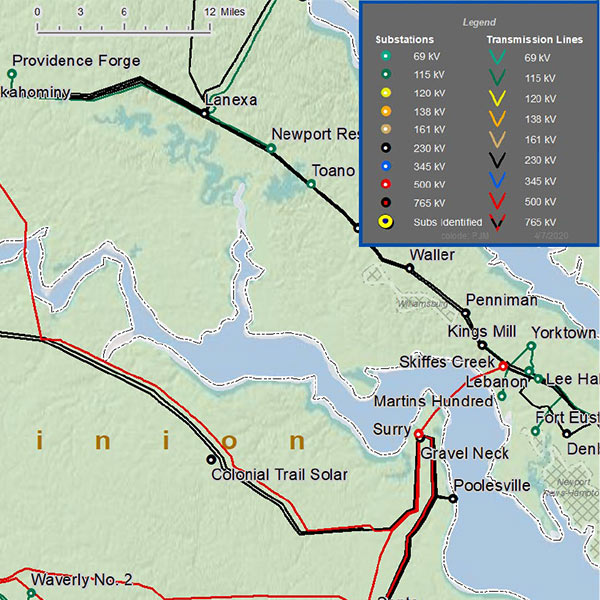Capacity Market
ISO-NE presented the NEPOOL Reliability Committee with a proposal to improve how it measures the impact of passive demand resources participating in its capacity auctions.
FERC approved ISO-NE’s Inventoried Energy Program as a “reasonable” short-term solution to compensating resources that provide fuel security during winter.
MISO and its Independent Market Monitor are at odds over how and how quickly the RTO should address its resource adequacy, board members heard Tuesday.
FERC granted PJM permission to use a lower peak load forecast for its second Incremental Auction in July, reflecting the impact of the COVID-19 pandemic.
NYISO’s Management Committee voted to revise the ISO’s Tariff to address a concern regarding peak load forecasts and minimum unforced capacity requirements.
New England’s total wholesale costs of electricity last year fell 19% to $9.8 billion, according to the ISO-NE Market Monitor’s 2019 Annual Markets Report.
MISO said a new rule prohibiting resources on extended outages from offering capacity contributed to the historic spike in Zone 7 prices in April’s PRA.
AWEA hosted a web-accessible three-day event to discuss the state of the renewable energy industries amid the pandemic and the expanded PJM MOPR.
The PJM MIC endorsed an initiative to update the RTO’s business rules to accommodate co-located generation and energy storage hybrid resources.
PJM weekday load peaks have come in 10.4% less than than projected before the coronavirus pandemic, the Planning Committee learned.
Want more? Advanced Search
